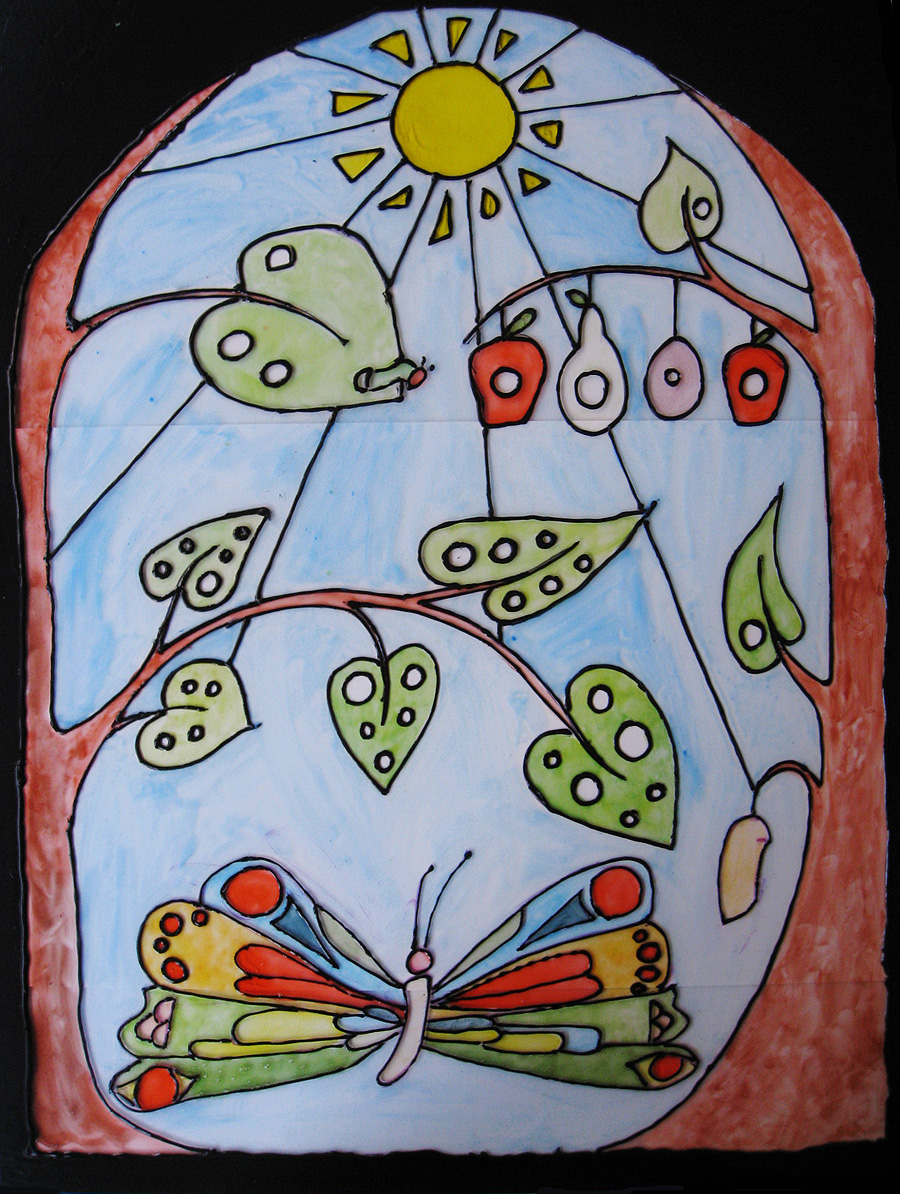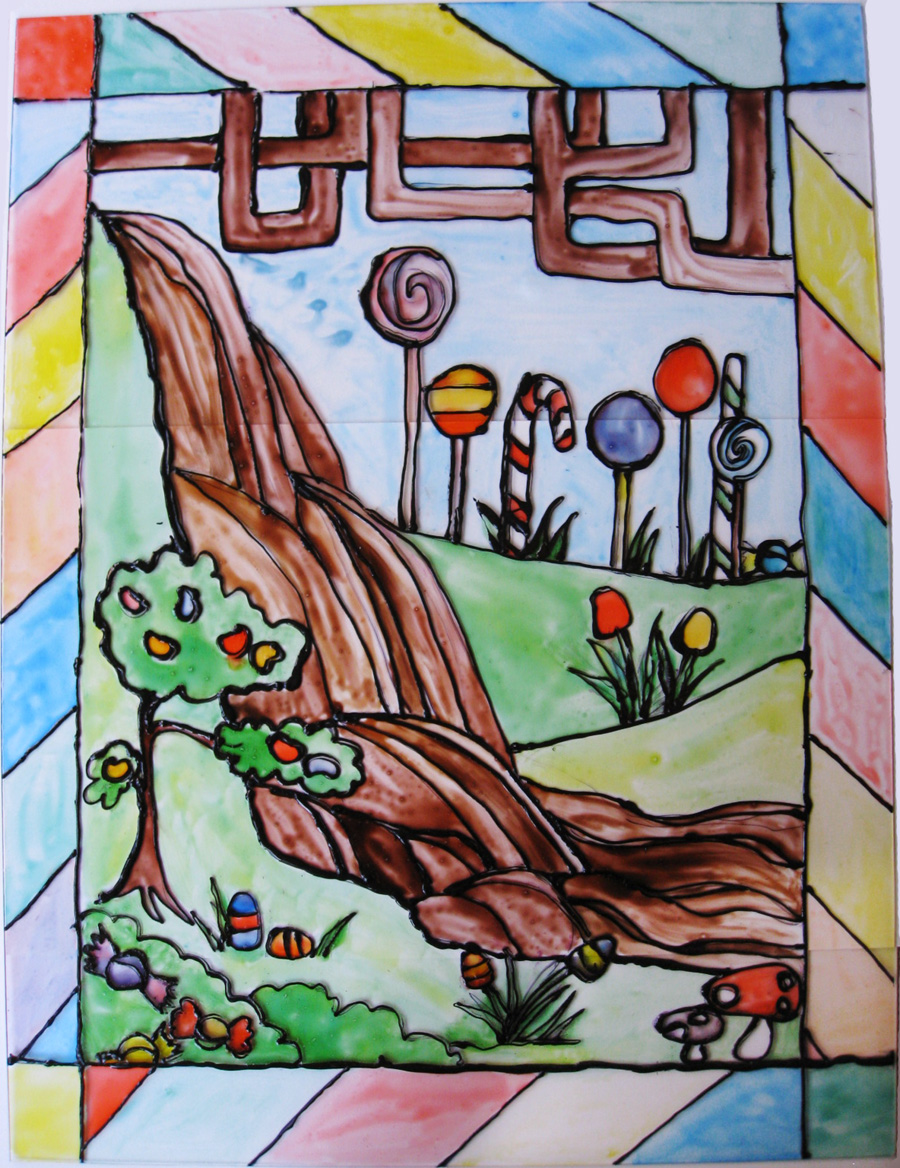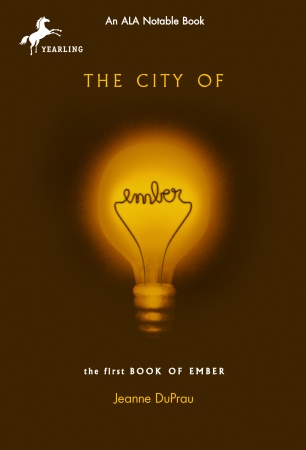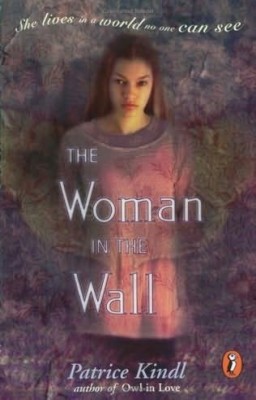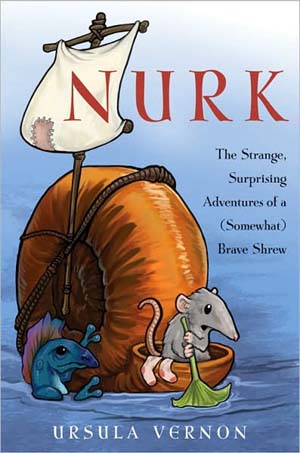Date read: 10.11.10
Book from: Personal collection
Reviewer: Emera
Adapted from the back cover:
“In Palmer LaRue’s hometown of Waymer, turning ten is the biggest event of a boy’s life. It marks the day when a boy is ready to take his place as a wringer – the boys who wring the necks of wounded pigeons at the annual Pigeon Day shoot. It’s an honor and a tradition. But for Palmer, his tenth birthday is not something to look forward to, but something to dread. Because – although he can’t admit this to anyone – Palmer does not want to be a wringer. But he can’t stop himself from getting older, any more than he can stop tradition. Then one day, a visitor appears on his windowsill, and Palmer knows that this, more than anything else, is a sign that his time is up. Somehow, he must learn how to stop being afraid and stand up for what he believes in.”
Jerry Spinelli, like many otherwise excellent children’s book authors, most often falters when he leans too heavily towards explicit didacticism. Wringer, with its themes of resisting bullying and peer pressure, could easily fall into this category, but I was extremely pleased to find it instead an organic and moving story. Occasionally a character’s behavior might be a little too conveniently suited to the needs of the plot and message to be credible, but overall – I couldn’t put it down, cried twice, and found much of the writing startlingly beautiful. One reviewer observed that Wringer benefits from being less “antic” than Maniac Magee (my longtime favorite Spinelli novel), and as much as I love Maniac’s picaresqueties, I agree that Wringer makes for a quieter, more intimate emotional experience.
Above all, the main characters are written with great psychological acuity. Spinelli evokes Palmer’s half-articulated fears both vividly and believably, and his relationships with his mother and his friend Dorothy are deeply charming and hilarious and true-to-life. In general I appreciated that Palmer’s parents are so gentle and empathetic, especially now that I’m actually old enough to sympathize with the adults in children’s books, and not just regard them opaque and rather less interesting than the protagonists.
Another favorite element: the deep wonder and precision with which Spinelli describes Nipper, Palmer’s pigeon friend, as well as Palmer’s own eagerness to learn about pigeons:

